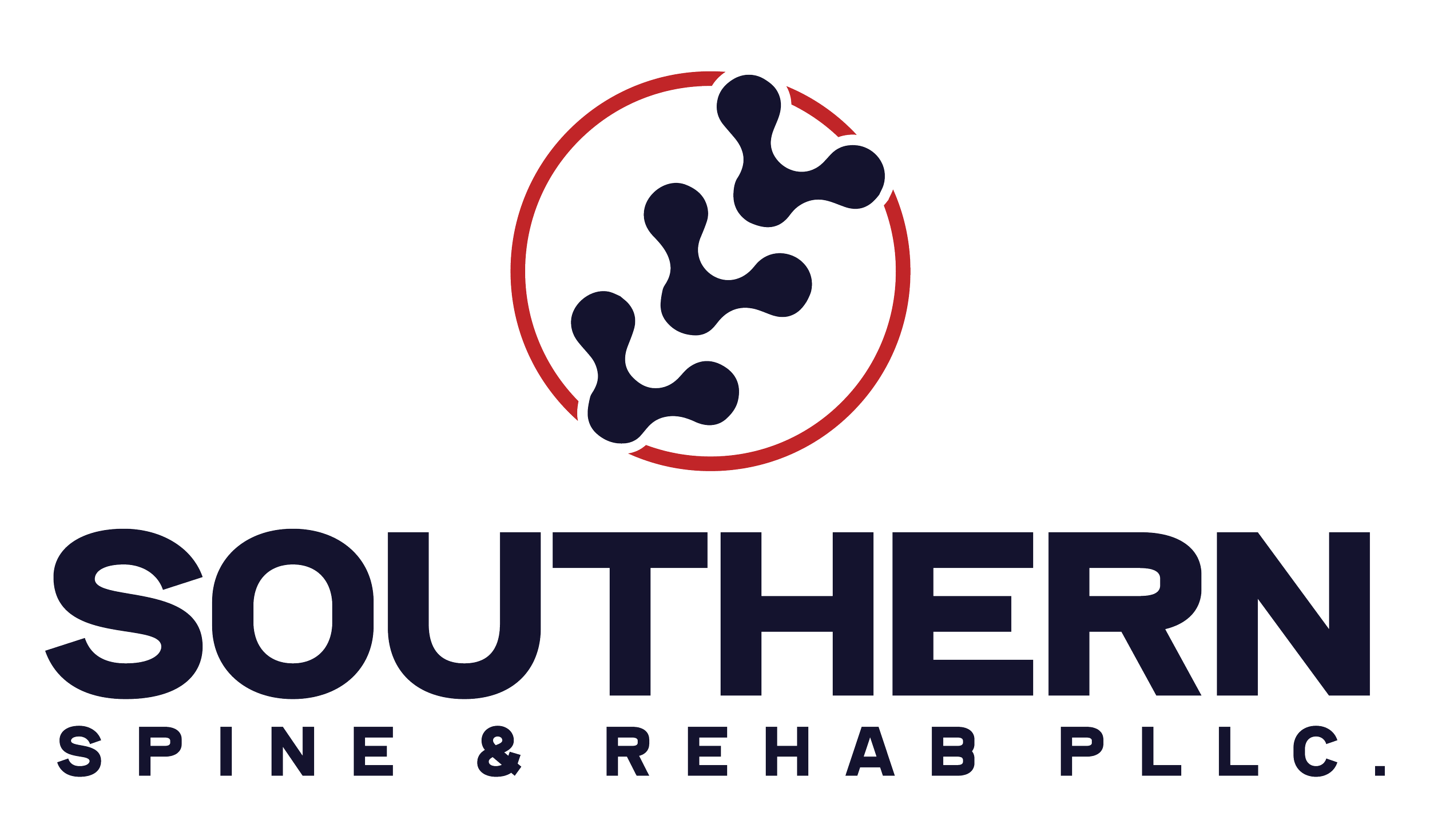5 Myths About Youth Strength Training
It is our mission to ensure the community is provided accurate and research-based information to help everyone live healthier lives!
5 Myth Surrounding Youth Strength Training:
𝙈𝙮𝙩𝙝 #𝟭: 𝙍𝙚𝙨𝙞𝙨𝙩𝙖𝙣𝙘𝙚 𝙏𝙧𝙖𝙞𝙣𝙞𝙣𝙜 𝙎𝙩𝙪𝙣𝙩𝙨 𝘽𝙤𝙣𝙚 𝙂𝙧𝙤𝙬𝙩𝙝
Research and clinical observations do not support the fear that resistance training will injure growth plates. Both resistance training and high-strain sports are both beneficial for bone formation and subsequent growth. (2) Numerous factors, including genetics and nutritional status, may influence skeletal health. A modifiable risk factor for skeletal health is exercise! Multi-joint, moderate to high-intensity resistance exercise will help optimize bone mineral accrual during childhood and adolescence. (3) So, weighted training strengthens bones in childhood and adolescence. (1)
𝙈𝙮𝙩𝙝 #𝟮: 𝙒𝙚𝙞𝙜𝙝𝙩 𝙏𝙧𝙖𝙞𝙣𝙞𝙣𝙜 𝙄𝙨 𝙊𝙣𝙡𝙮 𝙁𝙤𝙧 𝘼𝙩𝙝𝙡𝙚𝙩𝙚𝙨
Resistance training offers skill-related benefits and positive health effects for all youth. (1) Regular participation in resistance training programs is favorable for body composition, musculoskeletal health, and cardiovascular risk factors.
A little-known fact for youths, however, anyone over the age of 40 knows this to be true effects are short-term.
After a period of detraining, all measures of muscular fitness regress to baseline values. (2) Results further suggest the need for a regular commitment to physical activity and resistance training for youths.
𝙈𝙮𝙩𝙝 #𝟯: 𝙔𝙤𝙪𝙣𝙜 𝘼𝙩𝙝𝙡𝙚𝙩𝙚𝙨 𝙎𝙝𝙤𝙪𝙡𝙙 𝙒𝙖𝙞𝙩 𝙐𝙣𝙩𝙞𝙡 𝘼𝙜𝙚 𝟭𝟮 𝘽𝙚𝙛𝙤𝙧𝙚 𝙇𝙞𝙛𝙩𝙞𝙣𝙜 𝙒𝙚𝙞𝙜𝙝𝙩𝙨
Athletes should begin resistance training once they can follow directions and safety rules concerning resistance training. Young athletes should seek advice from fitness and medical professionals to begin a new training program safely. While children are ready to begin resistance training as early as 5, age should not be a determinant in starting a weight training program.
𝙈𝙮𝙩𝙝 #𝟰: 𝙂𝙞𝙧𝙡𝙨 𝙒𝙞𝙡𝙡 𝙂𝙚𝙩 𝘽𝙪𝙡𝙠𝙮 𝙒𝙚𝙞𝙜𝙝𝙩 𝙇𝙞𝙛𝙩𝙞𝙣𝙜
Resistance training gains are due to neuromuscular adaptations, not increased muscle bulk. Increases in strength during childhood are directly related to the maturation of the central nervous system. Improvements in strength are due to neural development. The structural changes, including larger muscles, will not occur until the athlete matures through increased hormonal concentrations. So muscular size does not equal strength, especially in kids.
𝐌𝐲𝐭𝐡 #𝟓: 𝐑𝐞𝐬𝐢𝐬𝐭𝐚𝐧𝐜𝐞 𝐓𝐫𝐚𝐢𝐧𝐢𝐧𝐠 𝐈𝐬 𝐔𝐧𝐬𝐚𝐟𝐞 𝐅𝐨𝐫 𝐘𝐨𝐮𝐭𝐡𝐬
Youth strength training should focus on technique and utilization of safe methods. The key to a successful program includes using a qualified instructor and continued supervision. Keeping the training program simple will prevent injury during weight training. Training should be multifaceted, designed to increase muscle strength, enhance movement mechanics, and improve functional ability. Essentially, don't do the same ten exercises over and over! Resistance training may be the most effective strategy to reduce sports-related injuries in our youth population. (2)
References
1. Faigenbaum AD, Stracciolini A, MacDonald JP, et al. Mythology of youth resistance training. British Journal of Sports Medicine 2022;56:997-998.
2. Lloyd, R. S., Faigenbaum, A. D., Stone, M. H., Oliver, J. L., Jeffreys, I., Moody, J. A., … Myer, G. D. (2013). Position statement on youth resistance training: the 2014 International Consensus. British Journal of Sports Medicine, 48(7), 498–505.
3. Yu CCW, Sung RYT, So RCH, et al. Effects of strength training on body composition and bone mineral content in children who are obese. J Strength Cond Res 2005;19:667–72.
For Educational purposes only. This is not medical advice. Consult your doctor before starting any new exercise programs.
Thank you to Chiro-Up for supplying this information, references, and content.


